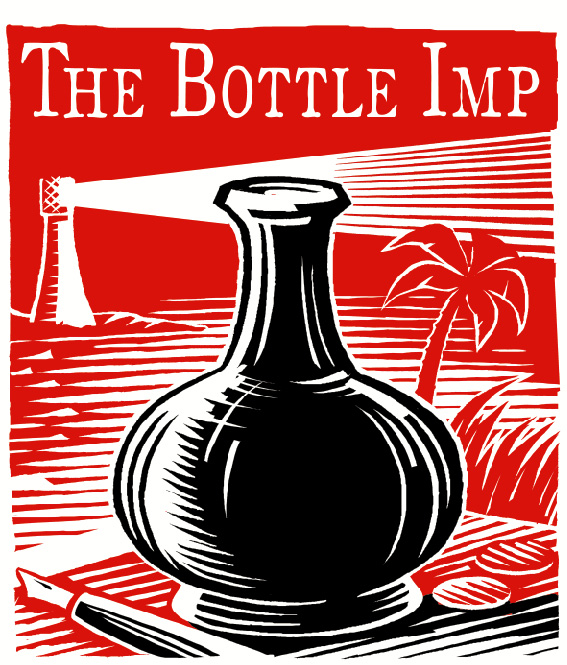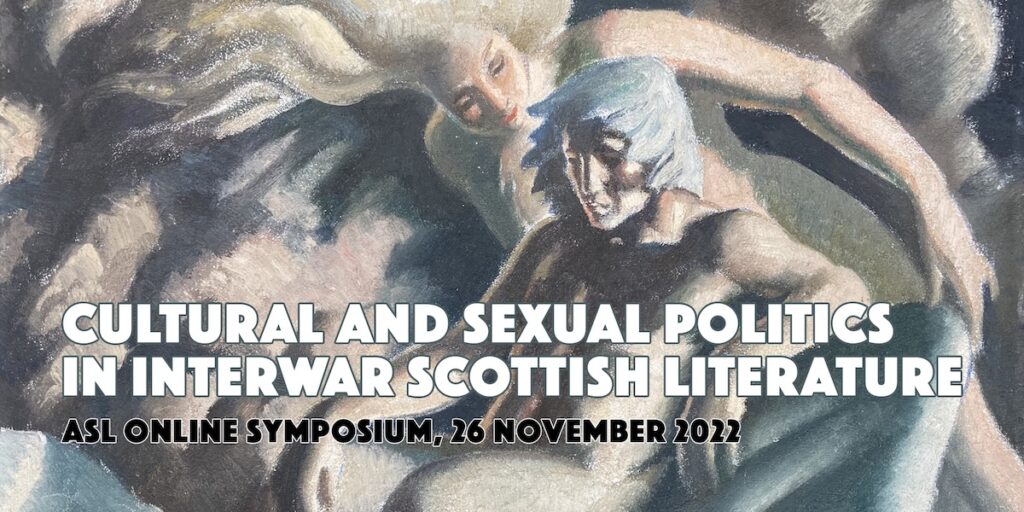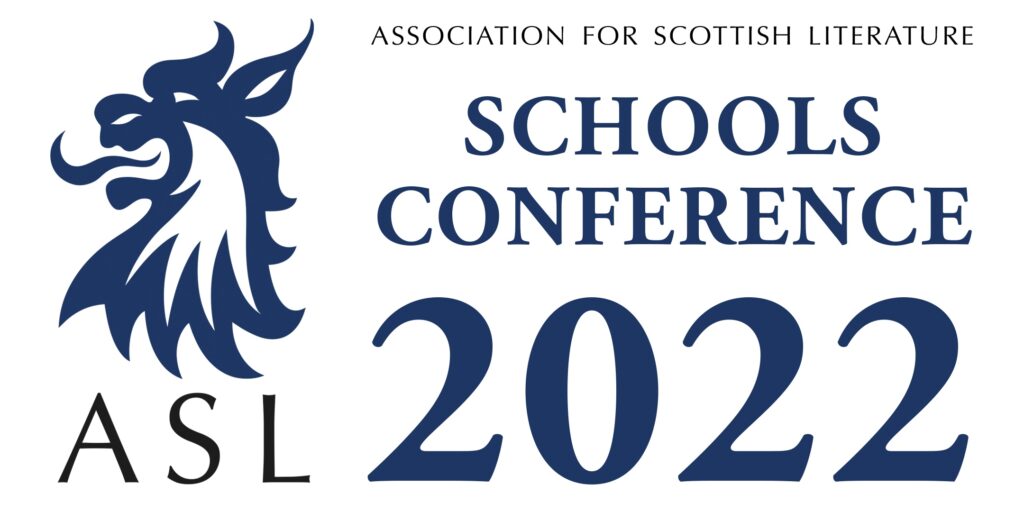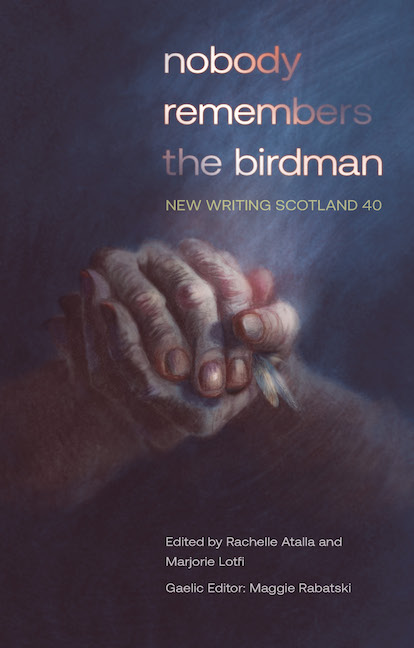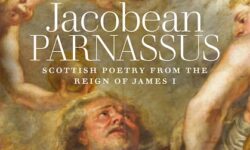A video of Dr Leith Davis’s talk, given on 11 April this year.
“The Lyon in Mourning” manuscript (1747–1775), currently held by the National Library of Scotland, is a unique document in Scottish history. Compiled by Jacobite clergyman Robert Forbes after the suppression of the final Jacobite Rising in 1746, the work consists of ten small volumes of transcribed conversations, narrative accounts, poems, songs, letters and even material relics such as scraps of fabric and pieces of a boat.
Forbes’s manuscript is currently the focus of a Social Sciences and Humanities Research Council of Canada-funded Partnership Grant between Simon Fraser University’s Research Centre for Scottish Studies (RCSS) and Digital Humanities Innovation Lab (DHIL) and the National Library of Scotland (NLS). Using the digital images of the manuscript hosted on Simon Fraser University Library’s website, the project uses TEI encoding to display and analyse the contents of “The Lyon in Mourning.” The project will provide new evidence about the nature and extent of Jacobite activity in post-1745 Scotland, focusing in particular on the role of women, Gaelic-speakers and labouring-class individuals. In this talk, Dr Leith Davis offers an overview of the project and discusses the results to date.
Dr Leith Davis is a Professor in the Department of English and the Director of the Centre for Scottish Studies at Simon Fraser University.

